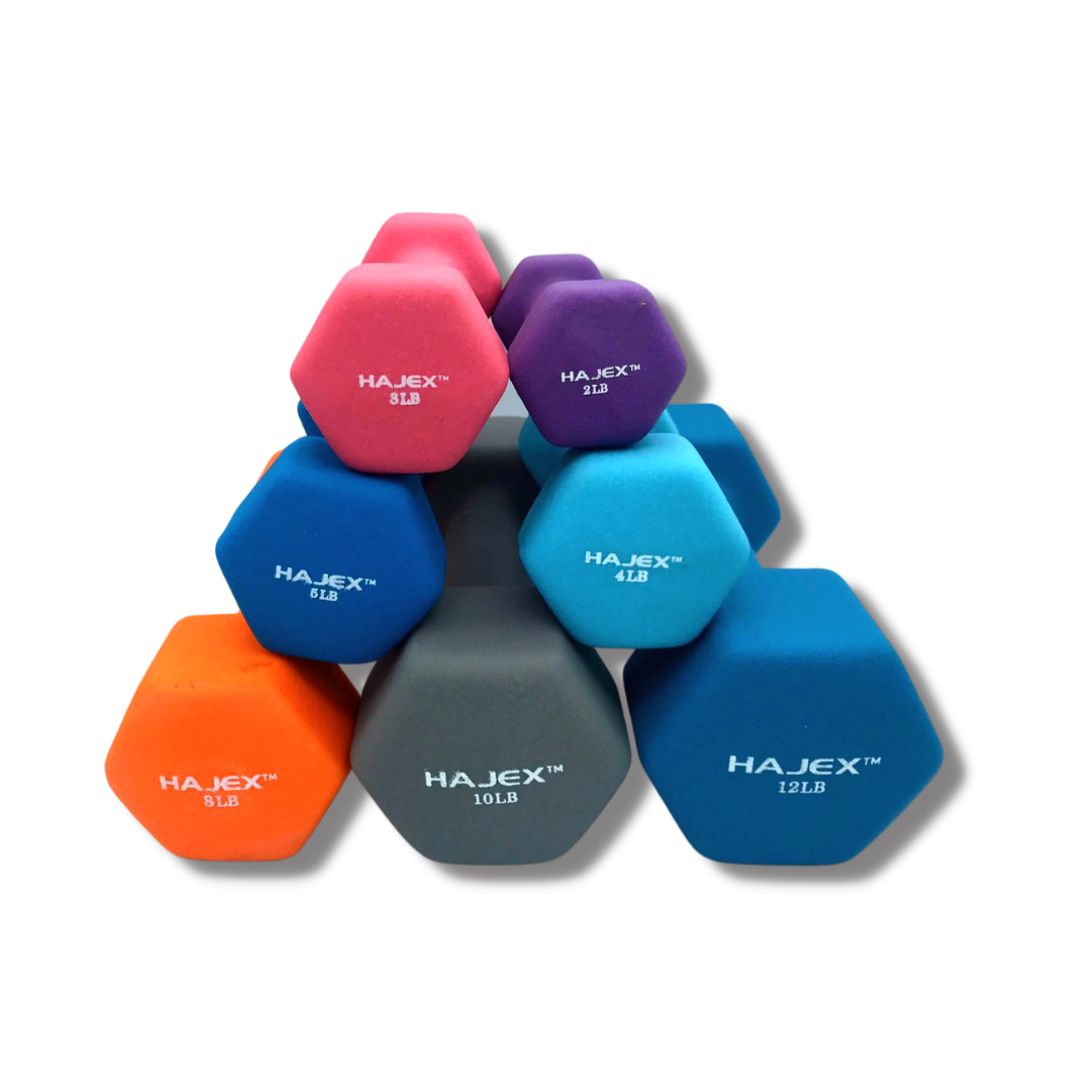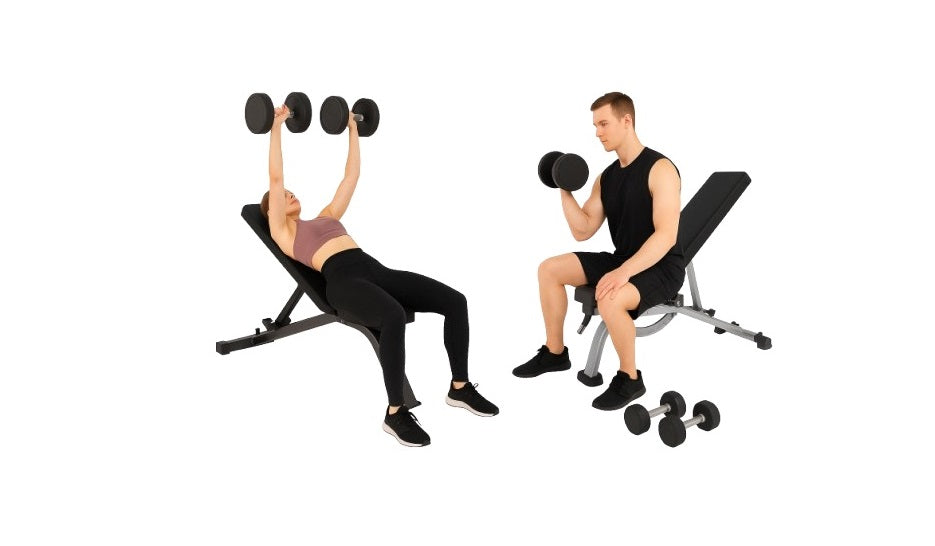Healthy Living for All: Inclusive Exercise Routines
In today's diverse and dynamic world, the importance of inclusivity extends to every aspect of our lives, including our approach to health and fitness. An inclusive exercise routine goes beyond the conventional norms, catering to individuals of all abilities, ages, and backgrounds. In this article, we will explore the significance of an inclusive exercise routine and provide insights on how to tailor fitness practices to accommodate everyone.

Understanding Inclusivity in Exercise:
Inclusivity in exercise involves creating an environment that welcomes and accommodates individuals with various physical abilities, health conditions, and fitness levels. The aim is to make fitness accessible to everyone, fostering a sense of belonging and promoting overall well-being.
Key Components of an Inclusive Exercise Routine:
Customization:
One size does not fit all when it comes to fitness. An inclusive exercise routine embraces customization, allowing individuals to tailor their workouts to their unique needs and abilities. This might involve modifying exercises, adjusting intensity levels, or incorporating adaptive fitness equipment to ensure everyone can participate comfortably.

Diversity of Activities:
A well-rounded inclusive exercise routine includes a diverse range of activities to cater to different preferences and abilities. This may encompass low-impact exercises, strength training, flexibility exercises, and cardiovascular activities. Offering variety not only keeps workouts interesting but also addresses different aspects of physical health.
Accessible Facilities and Equipment:
Creating an inclusive exercise environment involves making facilities and equipment accessible to individuals with varying physical abilities. This includes providing ramps, elevators, and adjustable equipment to accommodate individuals with mobility challenges. Additionally, incorporating equipment that is adaptable and user-friendly ensures that everyone can engage in fitness activities comfortably.
Trained and Inclusive Instructors:
Instructors play a crucial role in fostering inclusivity in exercise routines. Ensuring that fitness professionals receive training in adaptive coaching and have an understanding of diverse needs helps create an environment where everyone feels supported. Inclusive language, clear instructions, and empathy are key elements for instructors guiding individuals through their fitness journey.

Benefits of an Inclusive Exercise Routine:
Improved Mental Health:
Inclusive exercise routines contribute to improved mental health by creating a sense of community and reducing feelings of isolation. When individuals feel welcomed and supported in their fitness endeavors, it positively impacts their overall well-being.
Enhanced Physical Health:
By tailoring exercises to individual needs, an inclusive routine promotes physical health without exacerbating existing conditions. It allows individuals to engage in activities that improve strength, flexibility, and cardiovascular health, contributing to a holistic approach to well-being.

Increased Motivation and Adherence:
Inclusivity fosters a positive and supportive environment, enhancing motivation and adherence to a regular exercise routine. When individuals feel comfortable and empowered during their workouts, they are more likely to stick with their fitness goals.
Conclusion:
Crafting an inclusive exercise routine is a step towards promoting health and fitness for all. By embracing diversity, customizing workouts, and fostering an inclusive environment, we can create spaces where everyone feels empowered to prioritize their well-being. Inclusivity in fitness not only benefits individuals on a personal level but contributes to building a healthier and more equitable society overall.
 WEIGHT PLATES
WEIGHT PLATES
 Cast Iron Olympic Plates
Cast Iron Olympic Plates
 Olympic Rubber Weight Plates
Olympic Rubber Weight Plates
 PVC Weight Plates
PVC Weight Plates
 DUMBBELLS
DUMBBELLS
 Rubber Hex Dumbbells
Rubber Hex Dumbbells
 Cast Iron Adjustable Dumbbells
Cast Iron Adjustable Dumbbells
 Round Head Dumbbells
Round Head Dumbbells
 Neoprene Dumbbells
Neoprene Dumbbells
 BENCHES
BENCHES
 CARDIO
CARDIO
 BARBELL BARS
BARBELL BARS
 Home Gym Deals
Home Gym Deals
 Olympic Bumper Plates
Olympic Bumper Plates
 Tri Grip Plates
Tri Grip Plates
 Weight Plates Combo
Weight Plates Combo
 Olympic Steel Hub Bumper Plates
Olympic Steel Hub Bumper Plates
 PVC Dumbbells
PVC Dumbbells
 NUO Style Adjustable Dumbbells
NUO Style Adjustable Dumbbells
 Olympic Barbells 2"
Olympic Barbells 2"
 Standard Barbells 1"
Standard Barbells 1"
 Fixed Weight Bars
Fixed Weight Bars
 Benches with Pulley & Rack
Benches with Pulley & Rack
 CARDIO
CARDIO
 Foldable Walking Pads
Foldable Walking Pads
 Exercise Bikes
Exercise Bikes
 RACKS, CAGES & SMITHS
RACKS, CAGES & SMITHS
 Smith Machines
Smith Machines
 Power Racks
Power Racks
 Squat Racks
Squat Racks
 STORAGE RACKS
STORAGE RACKS
 Dumbbell & Kettlebell Racks
Dumbbell & Kettlebell Racks
 Mini Dumbbell Racks
Mini Dumbbell Racks
 Adjusatble Dumbbell Stands
Adjusatble Dumbbell Stands
 MORE
MORE
 Kettlebells
Kettlebells
 Adjustable Kettlebells - Single & Pair
Adjustable Kettlebells - Single & Pair
 Floor Mats
Floor Mats
 Yoga
Yoga
 Push Up
Push Up
 Resistance Bands
Resistance Bands
 Barbell Pads
Barbell Pads
 Dumbbell Handles
Dumbbell Handles
 Jump Ropes
Jump Ropes












































